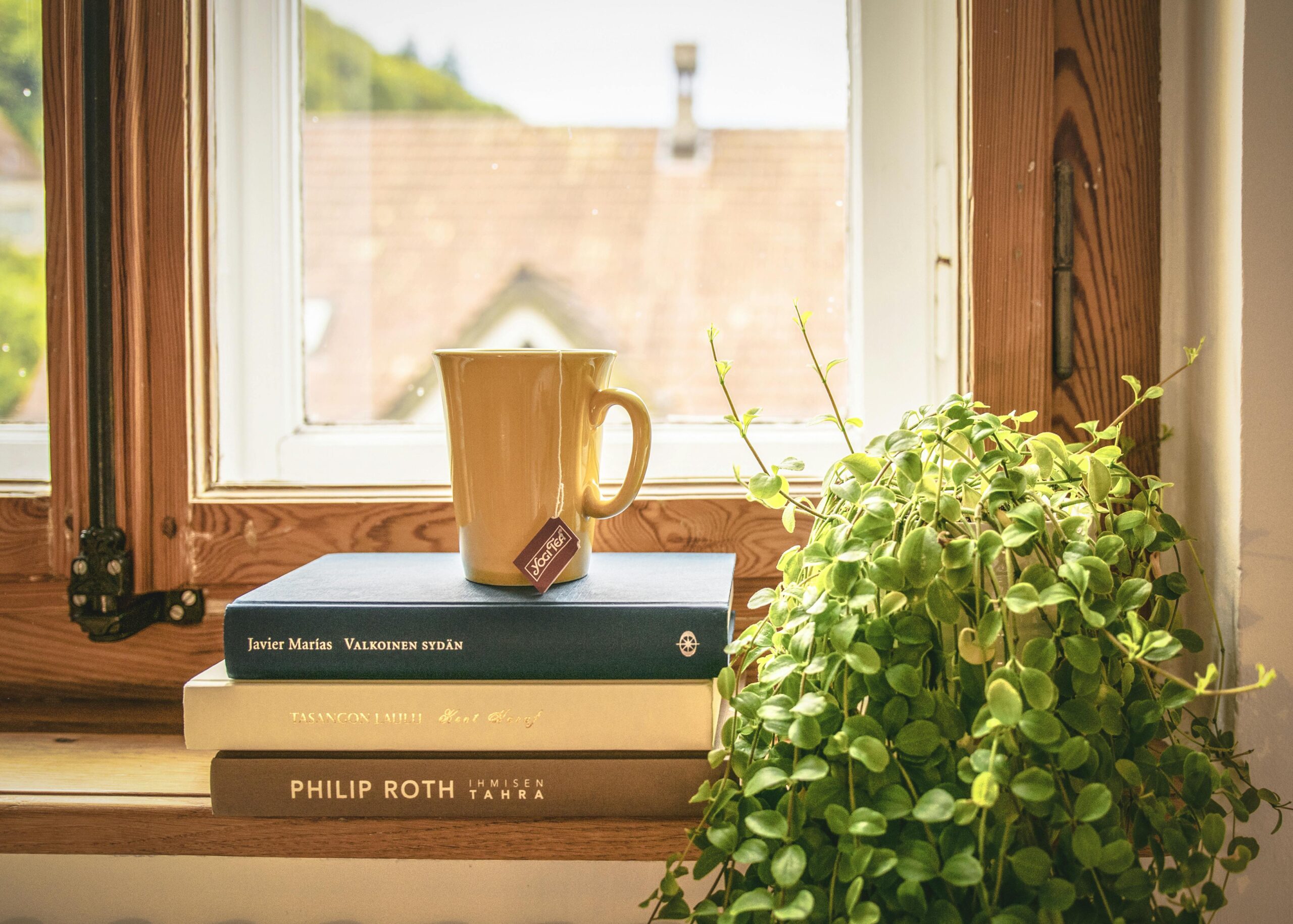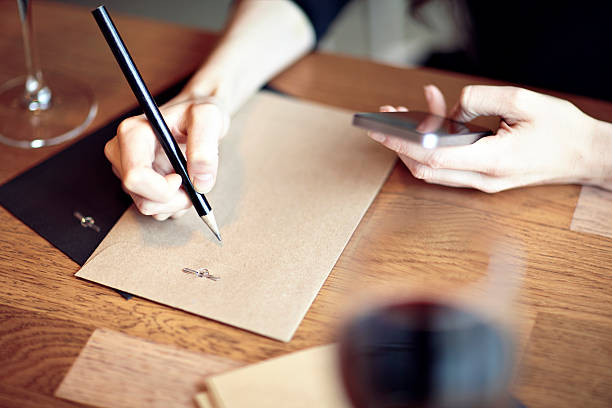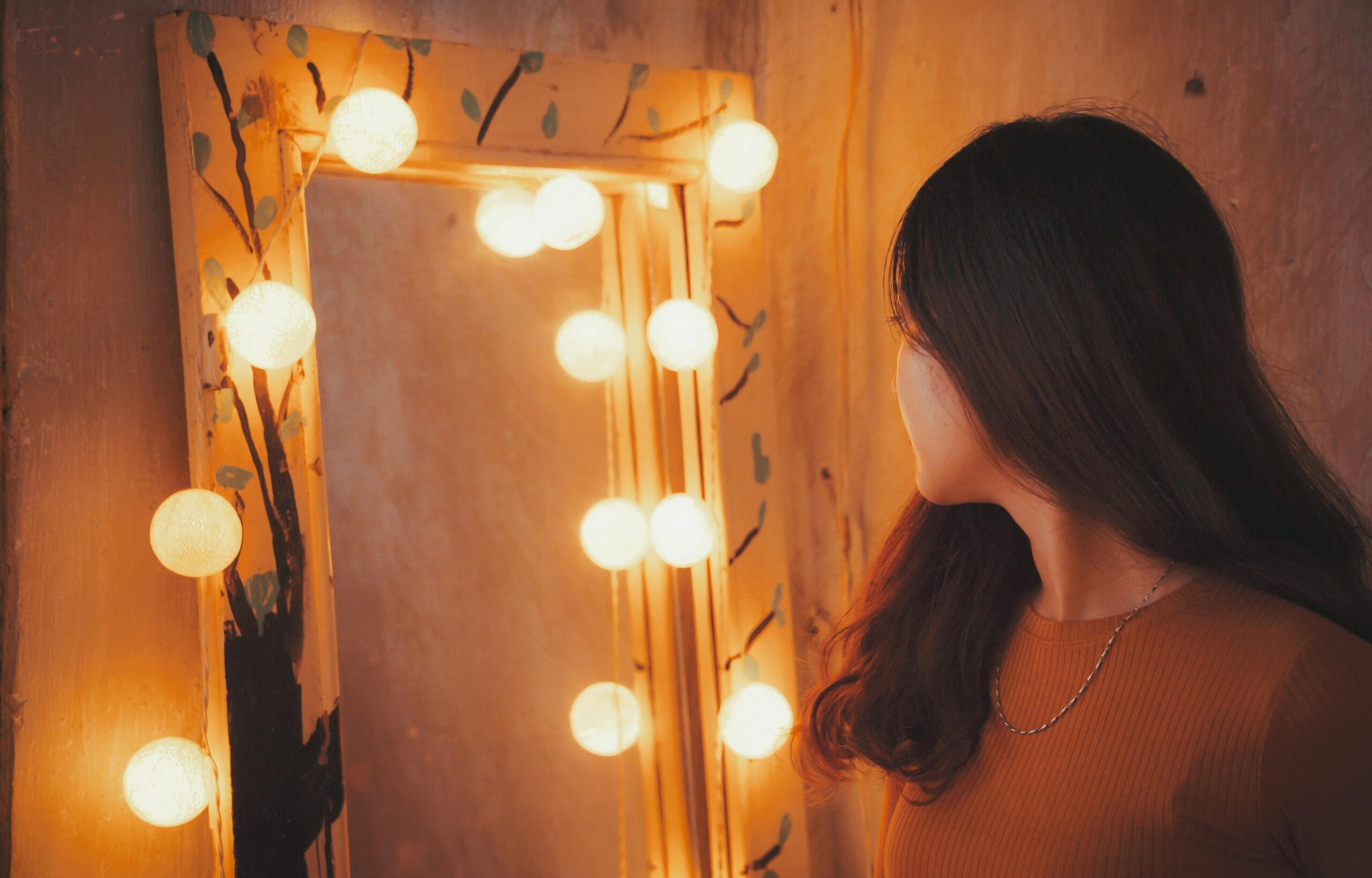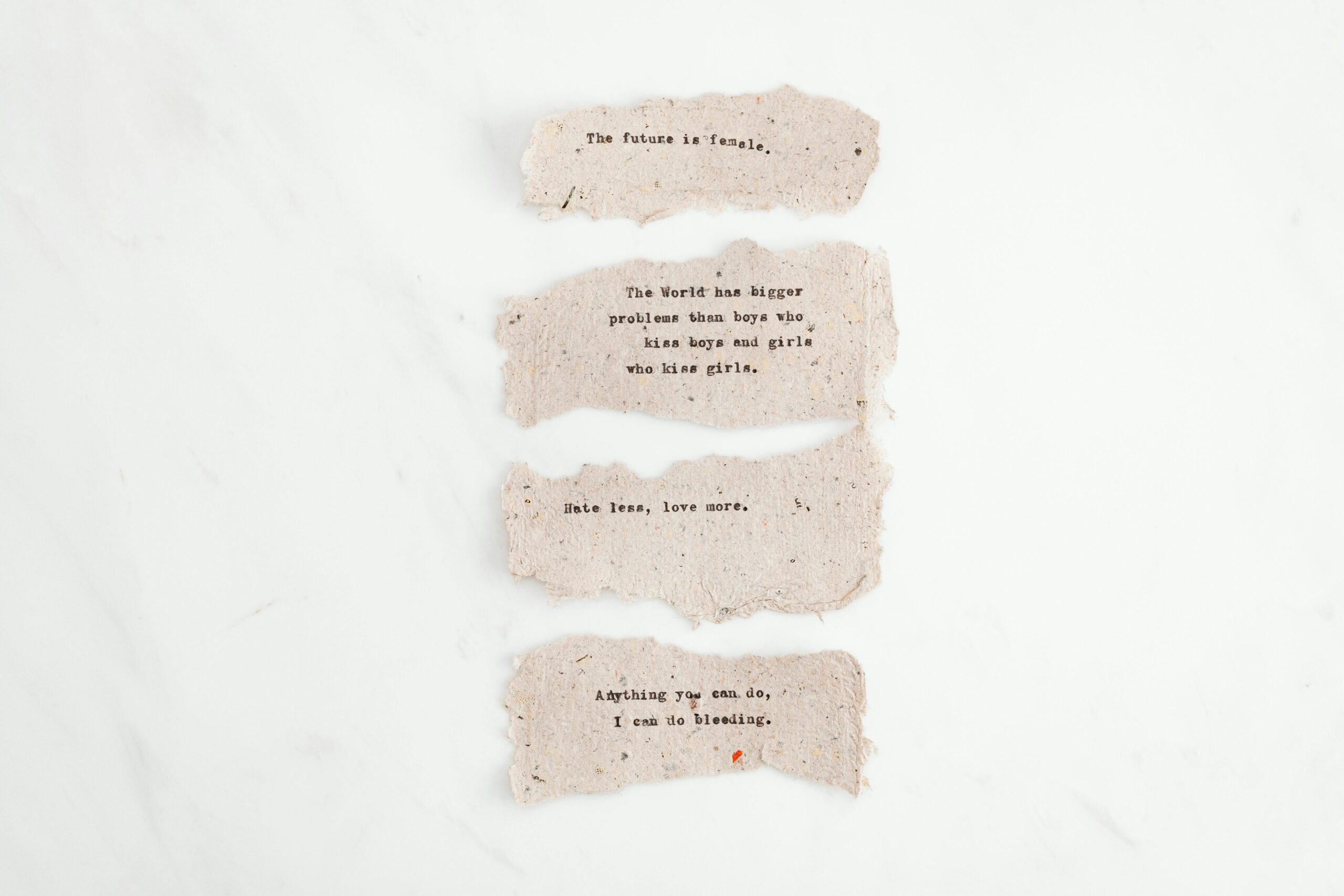The Lost Art of Victorian Flattery
Step back into the gaslit drawing rooms of the 19th century, where a well-turned compliment could make or break social fortunes. In our era of “You’re awesome!” texts, we’ve lost the lyrical elegance of Victorian praise – but the good news? These poetic phrases still work beautifully today when you want to make someone feel truly special.
What set Victorian compliments apart was their three-part alchemy:
-
Metaphorical richness (comparing a lady’s grace to “willow branches in a spring breeze”)
-
Social intelligence (phrases tailored to the recipient’s status – note how Jane Austen’s Mr. Darcy speaks differently to Elizabeth than to his aunt Lady Catherine)
-
Delicate restraint (the era’s famous “language of fans” and flowers allowed silent compliments)
Historical records show these weren’t just literary devices. Real Victorian letters overflow with phrases like:
-
“Your last letter has been my constant companion these three days” (actual 1867 courtship letter)
-
“Your coming is looked for as the first violets” (from a governess’s diary)
Why this matters now: In our digital age, thoughtful praise stands out dramatically. A single well-chosen vintage compliment can:
-
Transform a wedding toast from nice to unforgettable
-
Elevate a love letter into a keepsake
-
Add period-authentic flair to historical fiction
The Ultimate Victorian Phrasebook
After combing through hundreds of novels, letters, and etiquette manuals, I’ve curated this time-tested collection of Victorian compliments – with notes on their original context and modern adaptations:
Romantic Masterpieces (from actual courtship letters):
-
“My heart has worn your name like a talisman since first we met” (perfect for anniversary cards)
-
“You dwell in all my happiest daydreams” (Charlotte Brontë style)
Everyday Elegance (social lubricants):
-
To hosts: “Your hospitality makes guests feel like landed royalty”
-
To artists: “Your hand transforms canvas into living emotion”
Wit & Wordplay (Oscar Wilde approved):
-
“Your conversation is the only entertainment required at any gathering”
-
“I’d trade a year of Sundays to hear that laugh once more”
Pro Tip: Notice the Victorian flower code woven throughout:
-
Mentioning “violets” = secret love
-
“Roses” = passionate admiration
-
“Ivy” = lasting friendship
Breathing Modern Life into Vintage Charm
The secret isn’t copying Victorians verbatim, but adapting their principles for contemporary ears. Here’s your 2024 playbook:
Digital Age Adaptations:
-
Texts: “Just saw tulips blooming and instantly thought of your smile” (preserves floral symbolism in casual form)
-
Social media comments: “This photo captures your radiant spirit!” (modernizes “Your portrait would shame the sun”)
Verbal Delivery Tips:
-
Anchor in sincerity – Say “This reminds me of you…” before vintage phrases
-
Watch reactions – If they light up, continue; if confused, pivot to simpler language
-
Modernize metaphors – Try “You’re my favorite notification” as a 21st-century twist
Situational Cheat Sheet:
-
First dates: “You have the rarest gift – making hours feel like minutes”
-
Thank you notes: “Your kindness lingers like finest perfume”
-
Work compliments: “Your solution had the elegance of a sonnet”
What to Avoid:
Archaic pronouns (thee/thou) unless joking
Overlong sentences – edit Dickensian flow to tweet-length beauty
Best practice: Blend one vintage element with modern phrasing

Final Flourish: Your Invitation
The Victorians left us a treasure chest of verbal elegance – now it’s your turn to wield it. Why not try this today?
*”Pick one situation this week to ‘Victorianize’:
-
A text to someone special
-
A coworker’s praise
-
Your journal reflection
Then notice: Does it feel strange… or surprisingly powerful? Share your experiences #VictorianVerbalMagic – I’ll respond with personalized phrase suggestions!
FAQS
1. What are Victorian compliments?
Victorian compliments are elegant and poetic expressions of admiration, often found in 19th-century British literature. Unlike today’s straightforward flattery, these compliments were rich in metaphor, formality, and charm. They reflected the era’s values—modesty, refinement, and intellectual wit. You’ll find them in the works of authors like Jane Austen, Charles Dickens, and the Brontë sisters.
2. What are some examples of Victorian compliments?
Here are a few charming examples of Victorian compliments:
-
“Your eyes shine with the brilliance of a thousand candles.”
-
“Your countenance is as lovely as a summer’s dawn.”
-
“Your grace would not be out of place in a royal court.”
-
“You possess a mind as keen as it is beautiful.”
These phrases come straight out of old novels, where characters expressed affection and admiration with elegance and subtlety.
3. Why were compliments so poetic in the Victorian era?
In Victorian society, direct speech—especially regarding romantic feelings—was often considered improper or too bold. As a result, compliments became artful and metaphorical, wrapped in flowery language and literary flair. This poetic approach allowed people to express emotion within strict social boundaries.
4. Which Victorian authors used classic compliments in their novels?
Many Victorian-era authors peppered their prose with delicate compliments. Some notable examples include:
-
Jane Austen, in Pride and Prejudice, where Mr. Darcy’s reserved admiration evolves into deep, poetic praise.
-
Charlotte Brontë, in Jane Eyre, where Rochester expresses his affection through subtle yet passionate language.
-
Thomas Hardy, whose characters often use dramatic, melancholic compliments that echo their rural and emotional settings.
5. What did a Victorian gentleman say to compliment a lady?
A Victorian gentleman would typically offer a compliment like:
-
“Your presence brightens the room more than the chandelier.”
-
“I dare say, your intellect is as striking as your appearance.”
-
“You walk with the grace of a duchess.”
These compliments were about admiration—but always wrapped in politeness and indirectness, often focusing on grace, virtue, and refinement.
6. How did Victorian women give compliments?
Victorian women were often more reserved but still poetic. They might compliment a man’s honor, manners, or intellect, using phrases like:
-
“Your kindness is a rare jewel.”
-
“A man of your character is not easily found.”
-
“You possess a quiet strength that commands respect.”
These compliments were not flirtatious but sincere and dignified.
7. What are romantic Victorian compliments?
Victorian romantic compliments were full of longing and restraint. A few examples:
-
“You are the lodestar that guides me through darkness.”
-
“Your voice is music to a heart long silenced.”
-
“To see your smile is to glimpse heaven’s warmth.”
Romantic language was highly stylized, emphasizing emotion while maintaining decorum.
8. What are the best Victorian compliments for beauty?
Here are a few timeless Victorian compliments for beauty:
-
“You are as fair as a moonlit meadow.”
-
“Your beauty surpasses even the first bloom of spring.”
-
“Your features could inspire a poet’s muse.”
These phrases were often used in romantic or formal settings, highlighting both physical appearance and the poetic spirit of the speaker.
9. Are Victorian compliments still used today?
While the exact phrases are less common today, the style is sometimes revived in period dramas, literature, and even weddings or themed events. Many people appreciate the charm of Victorian compliments and use them for their unique mix of romance and eloquence.
10. Can I use Victorian compliments in modern writing?
Absolutely. Victorian compliments add elegance and historical flair to creative writing. Whether you’re crafting a historical romance, writing period dialogue, or just want to sound poetic, Victorian phrases can bring richness and character to your work. Just ensure they match the tone and setting of your piece.
11. How did social norms influence Victorian compliments?
Victorian society was bound by rules of propriety, especially between men and women. Compliments had to be respectful, subtle, and never overtly sexual. This restraint led to beautifully layered language, where admiration had to be implied through metaphor and suggestion.
12. What’s the difference between Victorian compliments and modern ones?
Modern compliments tend to be more direct—“You look amazing,” or “You’re so smart.” In contrast, Victorian compliments are layered, indirect, and metaphorical. Where modern compliments aim for clarity, Victorian ones prioritized elegance and restraint.
13. How can I learn more about compliments in old novels?
To explore Victorian compliments firsthand, read classics like:
-
Pride and Prejudice by Jane Austen
-
Jane Eyre by Charlotte Brontë
-
Tess of the d’Urbervilles by Thomas Hardy
-
Great Expectations by Charles Dickens
Pay close attention to dialogue and character interactions—compliments are often subtle and deeply woven into conversation.
14. Did Victorian compliments include personality traits?
Yes, Victorian compliments often praised character traits such as virtue, intellect, and kindness. Example compliments might include:
-
“Your wisdom belies your years.”
-
“There is a gentleness in your nature that soothes the soul.”
-
“Your compassion speaks more loudly than any grand gesture.”
Compliments weren’t just about looks—they often reflected a deeper admiration for one’s moral fiber.
15. Can Victorian compliments be used in wedding vows or speeches?
Definitely. Victorian-style compliments add a timeless, romantic quality to wedding vows or speeches. For example:
-
“From the moment I beheld you, joy bloomed in my heart like the first rose of spring.”
-
“You are my dearest friend, my most treasured confidante, and the light by which I find my way.”
Such language evokes a deep emotional connection with poetic flair.
16. Where can I find a list of Victorian-era compliments?
You can find curated Victorian compliments in:
-
Classic literature and annotated editions
-
Online archives of 19th-century letters
-
Literary blogs and historical linguistics websites
-
Companion books to period dramas or Jane Austen fan sites
Would you like a downloadable PDF or web-style article with 100+ phrases?
17. What makes Victorian compliments sound so elegant?
The elegance comes from their rich vocabulary, use of metaphor, and structured syntax. Victorian speakers used literary and biblical references, nature imagery, and formal sentence structures. This made even the simplest compliment sound poetic.
18. Did people in the Victorian era really speak like that?
Yes, in formal and romantic contexts, people used very refined language. Letters, courtship conversations, and public dialogue were filled with careful phrasing and metaphor. Of course, not everyone spoke like a character from Austen—but in polite society, language was often elevated.
19. How do I write Victorian-style compliments?
To write in a Victorian style:
-
Use poetic metaphors (e.g., stars, flowers, light).
-
Keep your tone formal but warm.
-
Focus on virtues and inner beauty.
-
Use old-fashioned vocabulary (e.g., “countenance” instead of “face”).
Example:
“Your words possess a melody that lingers in the heart long after they’re spoken.”
20. Are Victorian compliments gender-specific?
Often, yes. Men were complimented on character, bravery, or intellect. Women were praised for beauty, grace, or refinement. But there were also universal compliments about kindness, poise, and wisdom. Modern use can, of course, adapt them freely.





